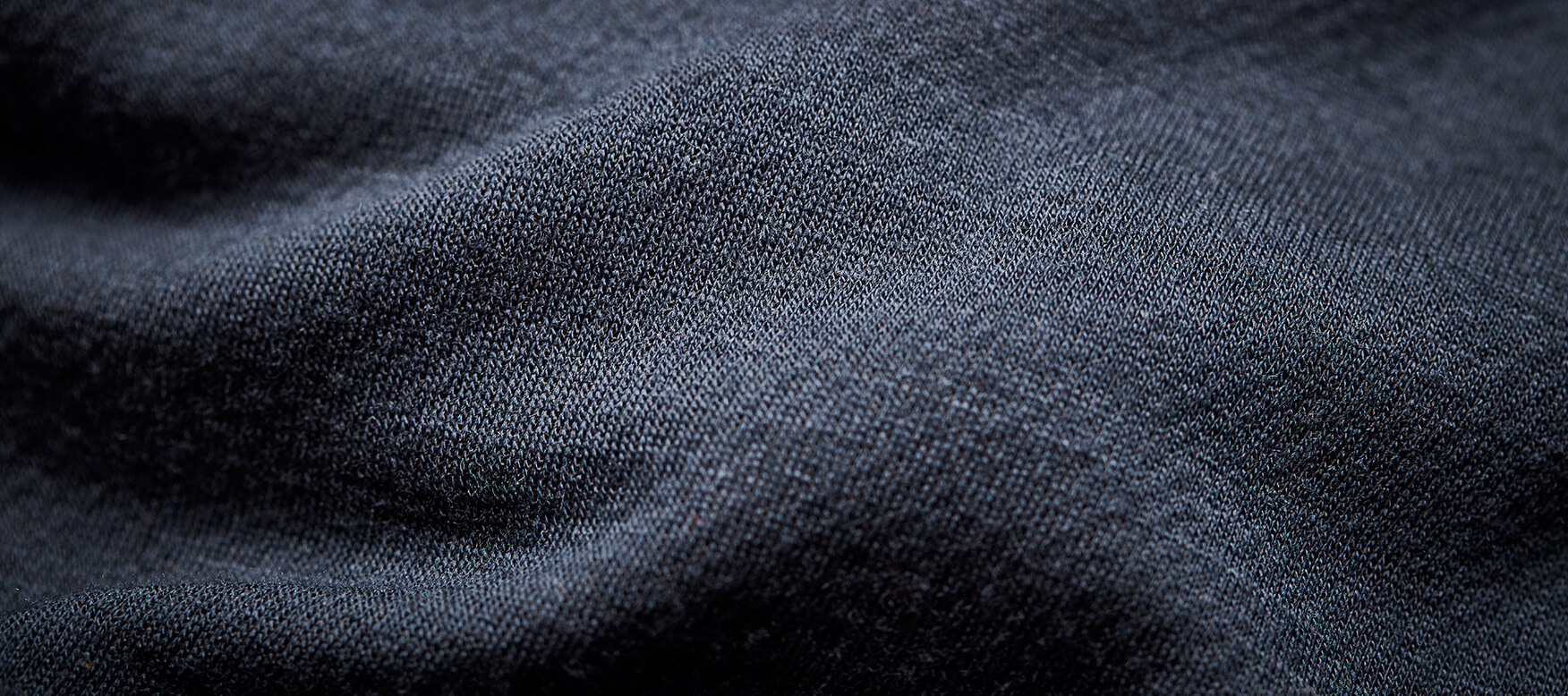Always check the care label and follow the instructions there as they might be specific to that item. However, here are a few general guidelines on how to wash waterproof gear - these are not meant to replace the instructions on the care label.
Before washing your garment, make sure to cover all these pre-procedures:
– Make sure you zip up all zippers to avoid any surface damage.
– Loosen any tightened cords.
– Open the hood if the jacket has a hidden hood.
– Wash your product with the correct water temperature and program as instructed on the care label.
– For waterproof gear, do not use standard commercial detergents. Please use Tech Wash. Tech Wash is a detergent made for waterproof products and helps preserve the functionality better than standard powder and liquid detergents.
– Do not use fabric softeners or detergents that have softening agents, as these will reduce the fabric surface tension and will have a negative effect on the fabric performance.
– HH® advises to use a technical washing product and to follow the instructions given by that product.
– In cases where no technical washing products exist, and you only have the option of normal washing products, one can wash using very little liquid washing product with no additives (without perfume, foam or softener). A second rinse cycle with water is preferred to remove any detergents that might be left behind on the surface. It is important to remove excess detergent, as it might affect the performance of the fabric.
– After washing, you can safely tumble dry your water proof gear in order to re-activate the DWR treatment. Please always follow the garment care label for drying instructions.
